Louisiana
In 1828 James Dinsmore and his partner, John Minor, purchased land on Bayou Black in Terrebonne Parish, Louisiana, from James Bowie. He made several more purchases over the next few years bringing the total to about 2500 acres. Much of the land had not been under cultivation & required a lot of work to prepare it for planting sugarcane and cotton. Dinsmore purchased a steam engine from Pittsburg, a sugar mill and a saw mill from Cincinnati, both of which would be run by the engine. The use of steam engines was very innovative in the sugar industry. A local man was hired to build the sugar house, the house for the saw mill, a pigeonnier, and perhaps the house for the Dinsmore family. James never described his Louisiana house in his letters, but he used to tell stories to his granddaughters and Patty remembered this much about what he had told her:
Years and years ago before I was born, your [my] Grandfather & Grandmother lived in Louisiana on a sugar plantation. They had a pretty low house with a great hall through it and climbing all over it roses, such as we never see here even in hot houses. Crepe Myrtle & Oleander trees gave shad in the yard, and in front of the house between it and the bayou was a beautiful drive lined on either side by stately live oaks…
Dinsmore relied on the labor of about sixty enslaved people who worked year round planting, preparing, and harvesting the cane and cotton, and about twenty day laborers—Acadians, Isleños, Native Americans, and Anglo-Americans from the neighborhood. In 1838, tiring of the debt associated with cash crop planting, Dinsmore purchased farmland in Boone County, Kentucky, and four years later, after selling his Bayou Black land, he moved his family there.
